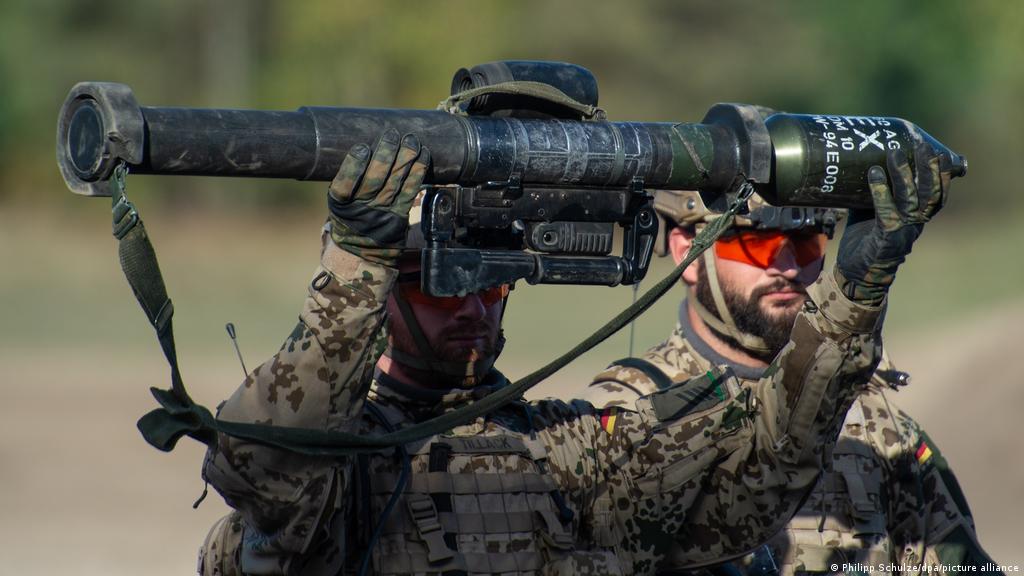
Analysts last week noted that the widening tribal divisions coming 31 years after Zimbabwe’s independence were a serious indictment on President Robert Mugabe’s legacy.
Mugabe, who has been in power since independence, has struggled to prove critics wrong, that just like the country’s vanquished colonisers, politics of divide and rule have been hallmarks of his political career.
The critics say these traits were evident from the split of Zapu in the 1960s on tribal lines leading to the formation of Zanu PF and the Gukurahundi massacres.
Zanu PF’s decision to give national hero status to Central Intelligence Organisation deputy director general Mernard Muzariri, who is said to be one of the top architects of the massacres, appears to have inflamed emotions.
MDC president Welshman Ncube claimed that Muzariri shot and killed a Zapu official Njini Ntutha during Gukurahundi.
The arrest of the co-minister in the Organ on National Healing and Reconciliation Moses Mzila Ndlovu and a Roman Catholic priest Marko Mnkandla last week also exposed that securocrats feared an open debate on atrocities, which some groups believe were an attempt at ethnic cleansing.
Most of the top commanders in the army, police and CIO have been linked to the massacres.
Air Force of Zimbabwe Commander Perence Shiri was the commander of the Fifth Brigade, which carried out the atrocities.
- Chamisa under fire over US$120K donation
- Mavhunga puts DeMbare into Chibuku quarterfinals
- Pension funds bet on Cabora Bassa oilfields
- Councils defy govt fire tender directive
Keep Reading
But it was the burning of the Zimbabwean flag during street protests by Mthwakazi Liberation Front (MLF) activists in South Africa, which clearly demonstrated that Zimbabwe is a country at war with itself.
MLF was formed by Zimbabwean exiles based in South Africa who are campaigning for a separate Matabeleland state, alleging discrimination against Ndebele-speaking people.
Three MLF leaders are set to appear in court soon facing treason charges after they called for the partitioning of the country.
Analysts said not even pretences that the country was still unified under the Unity Accord signed by PF Zapu and Zanu PF in 1987 could end the country’s tribal divisions.
Brilliant Mhlanga, a Zimbabwean academic who has written papers on the country’s tribal politics, said the burning of the flag was a big symbolic gesture, which the authorities must take seriously.
“The burning of a flag is very symbolic and it seeks to make sense of and clearly locate the calls for a separate state within its rightful place in the discourse, hearts and minds of our people,” he said.
“As a symbolic gesture it shows that the people of Matabeleland now know and understand that they do not belong to Zimbabwe with all her symbols of sovereignty, including the Zimbabwean flag.”
The tribal divisions have also become evident in Zimbabwe’s splintered political groups with all the political parties split on ethnic lines.











